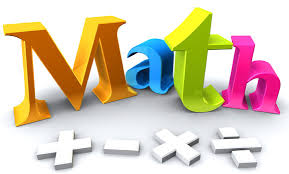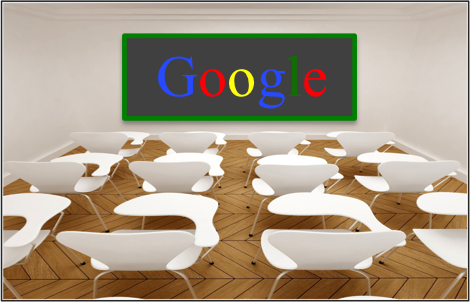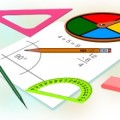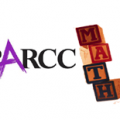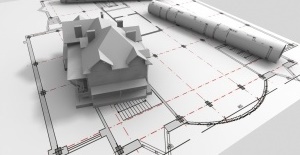
For teachers, getting a 3D printer into a classroom or lab setting is no easy feat. It will undoubtedly involve applying for a tech grant. Though the idea of having 3D printer technology available to enhance the learning experience of students is appealing to many teachers, the act of having to write out a lengthy grant to get one is not. Administrators take note: having your teachers apply for grants to procure 3D printing in their classroom is not leading, nor is it going to get you any awards for being an innovative school leader. As school leaders, administrators handle bringing their schools into the 21st Century. A school without this very important technology is still in the 20th century!
3D printing is on a far greater scale of an impact than what AutoCAD was for Drafting and Drawing engineering magnet electives back in the early 90’s. Unlike AutoCAD, 3D printing has applications in a multiple core and elective subjects and is perfect for fulfilling the Science Technology Engineering and Math (STEM) initiative our country’s leaders have pressed upon us. Like all new technology, however, 3D printing has yet to catch on. This is mostly because many school administrators don’t understand, and therefore, have no way of valuing, this technology. Another contributing factor is the perceived high cost of having a 3D printer on the school’s budget.
The costs of 3D printers have come down. An (elementary) administrator can grab one for under $400! More sophisticated machines, for the higher levels, will run between $700-$3,000. Choices and funds determine what an administrator will spend money on. With my science teaching and school administrator background, I would recommend all administrators to take the leap forward and forego on other expenses as much as possible to save up for a 3D printer. Here are six reasons why:
- The science department will finally appreciate you. Let’s face it, the odds are that as an administrator you do not have a science background, and these teachers have long perceived your decisions as being favorable to the Humanities. Imagine science students being able to create DNA molecule models in Biology and Chemistry, organ models for Physiology, bridge design prototypes in Physics, geological formations in Earth Science, and so much more!
- Your math teachers will love you for allowing them to make math tangible. Graphs and equations can be printed! Finally, you can give teachers the ability to make math more visual and less abstract.
- You history teachers can finally incorporate cultural artifacts as a means of teaching about civilizations. Don’t have clay models of pottery or art to demonstrate? So what! A history teacher can get the specs and print whatever they need. A table full of artifact copies will make the Mayans, Ancient Greeks, and Romans come alive!
- The concept of linear perspective in Art class will have a whole new meaning. Students and teachers would also be able to print their 2D masterpieces in 3D. Finally, the Arts in schools get their day.
- How’s your school culture these days? Would a school-wide competition to create the latest school logo help? Colleges tweak their sports helmets and mascot designs almost every year it seems. The student winner would also get a 3D print of their winning design. Talk about getting immediate school spirit and student buy-in!
- The biggest reason of all to get a 3D printer at school has to do with setting a direction and vibe. School leaders need to show their excitement about the future and what they philosophically bring to the school. Getting a 3D printer for the faculty and the students will speak volumes about you, Mr./Ms./Mrs. School Principal.


